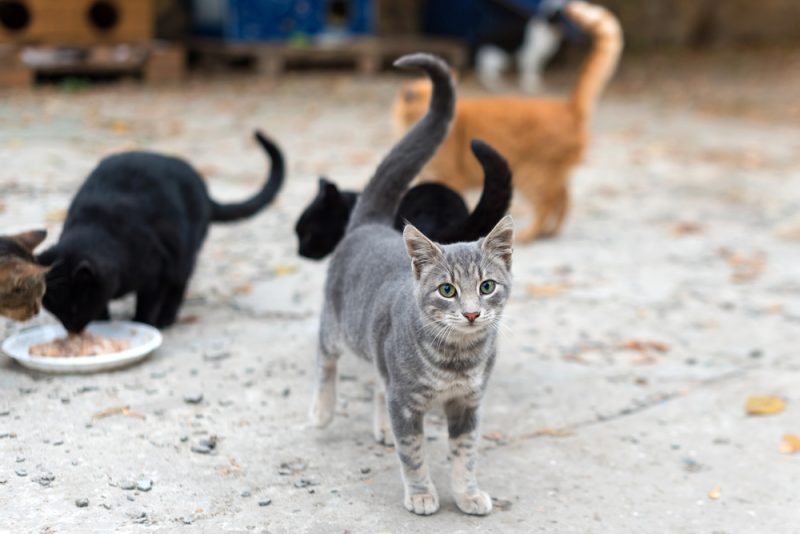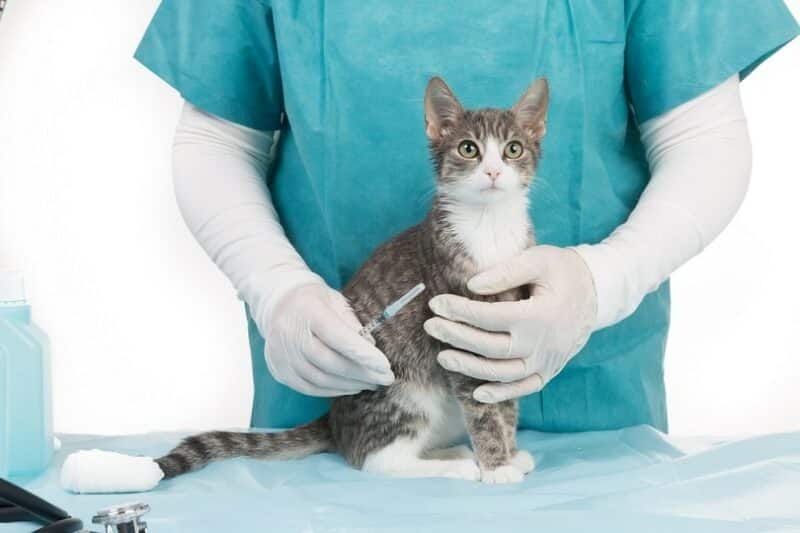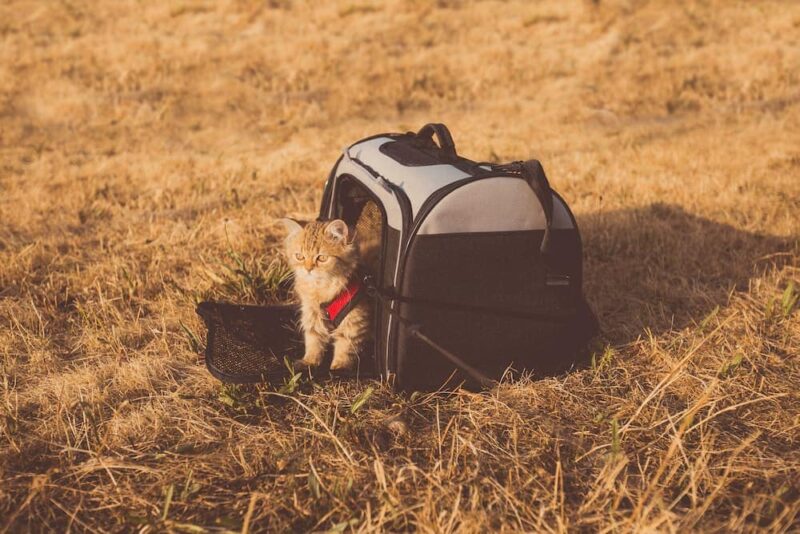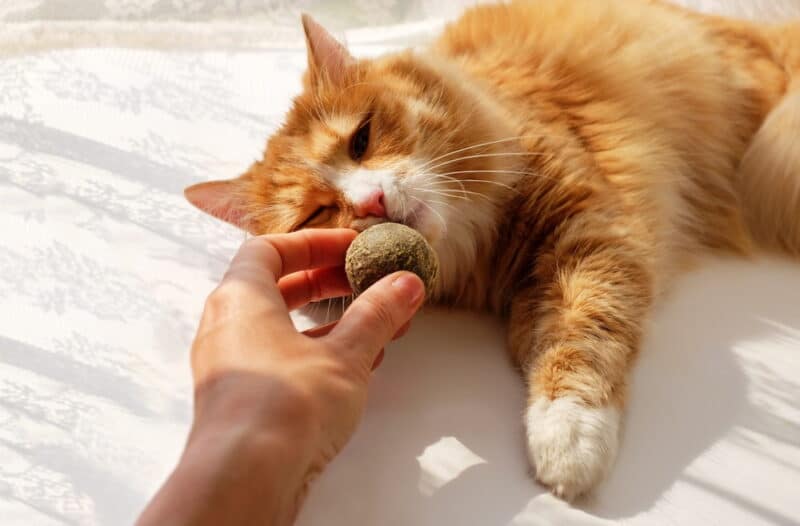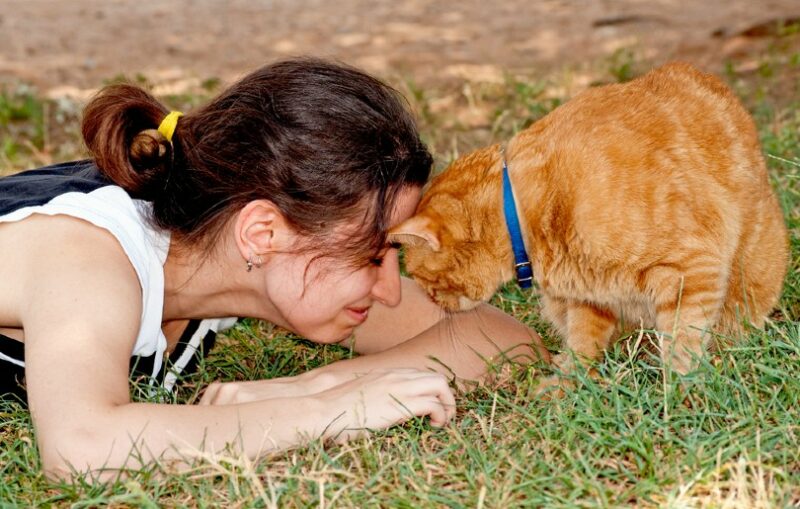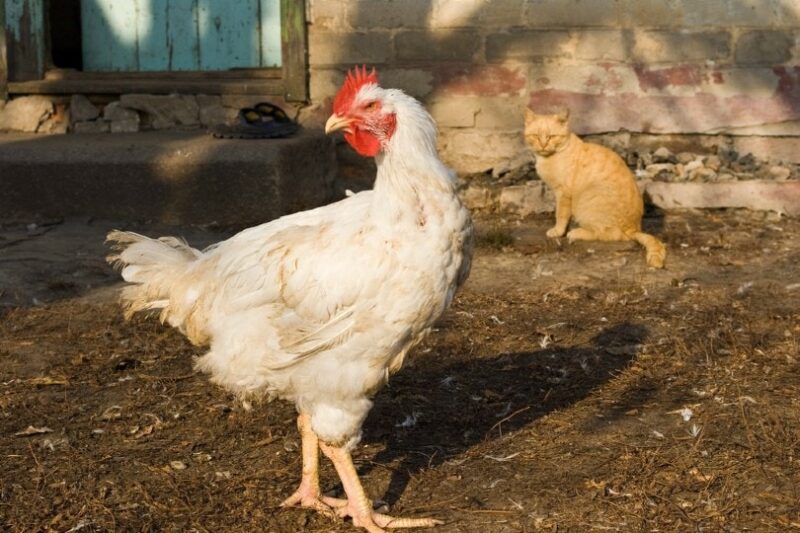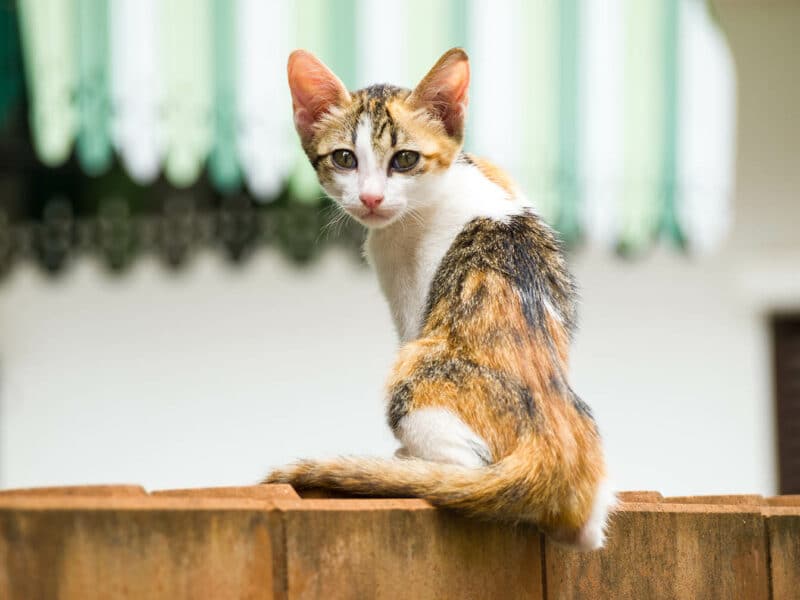In this article
There are believed to be millions of stray and feral cats in the U.S. alone, and the overpopulation problem only continues to increase as more and more unwanted kittens are born. This overpopulation leads to many cats being abandoned or otherwise finding themselves without a place to live.
You might see stray cats in your neighborhood, as they tend to congregate around possible food sources, but you don’t always see them during the day, possibly because it is too busy for them, and also because this is their normal time to sleep.
Whether you’re trying to find a lost cat, or you’re just curious to know where the local population of stray cats hangs out, read on for more information.

Feral vs Stray Cat
When calculating populations of stray cats, their numbers are often combined with those of feral cats. Stray cats are those that have had socialization with people, but, for one reason or another, no longer live in a human home. They may have run away, gotten lost, or been left behind by their former owners.
Feral cats are those that were born on the streets and have never had a house to live in. Because feral cats have never lived with humans, they are much less likely to approach people and will often try to avoid them altogether.
Stray cats are more likely to stay around residential areas because they are used to people and they know that where there are people, there is food, while feral cats may prefer to exist in less populated areas.
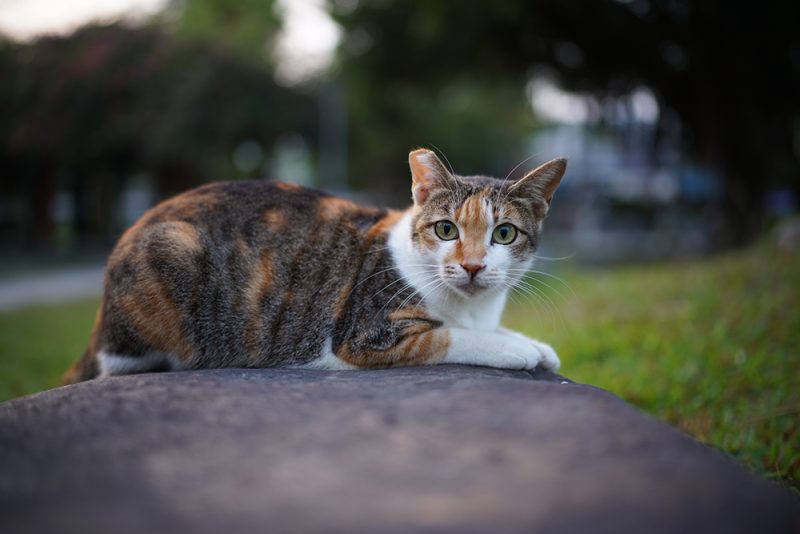
Where Do Stray Cats Go During the Day?
Stray and feral cats will typically live near reliable food sources, meaning they can have multiple safe spots for sleeping, hunting, and eating. For feral cats, this likely means living near populations of wild mice and other small animals. They typically have a home range influenced by factors such as food availability and breeding, with feral males sometimes roaming territories larger even than a 1000 acres, based on a study conducted in 2011. Stray cats are more likely to remain near reliable food sources they are used to, which means they may prefer to live in or near residential properties and areas.
1. Residential Areas
Stray cats know that food can be found near people. They can also be quite confident living near people. Some will even have regular routes or patrols that take to various houses where they gather food from willing residents. Otherwise, they may forage around garbage bins.
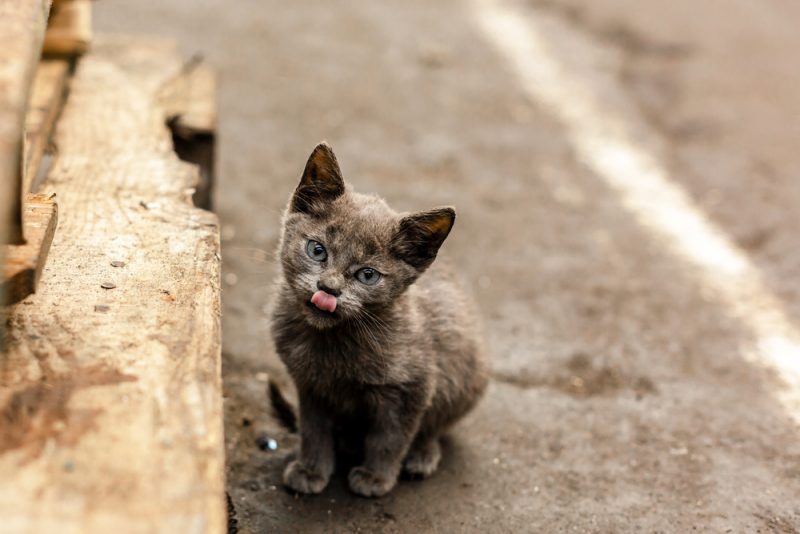
2. Abandoned Property
The stray cats might congregate inside abandoned properties. These provide shelter from the weather as well as protection from predators.
Abandoned properties don’t just include homes; you may find a stray cat population living inside abandoned businesses and even factories, especially if those buildings also include a population of wild mice or other wild animals that will serve as a food source.
3. Wooded Areas
Another plausible food source for stray cats is wooded areas or areas with long grass and plenty of wildlife. Even some parks can provide a suitable hunting and living area for cats. The cats will find secluded areas of the park during the day and hunt for their food during the low light hours of dawn and dusk.
Busy parks don’t make ideal locations for cats during the day, however, but some wooded areas might.

4. Barns and Farms
Although potentially more common with feral cats, barns and farmland make great hideouts for community cats. These locations typically offer plenty of food opportunities, as well as shelter areas.
And because the cats kill vermin, most farmers welcome cats onto their land.

Do Stray Cats Sleep All Day?
Cats are crepuscular, meaning they prefer to hunt during the early morning and late evening. They aren’t truly nocturnal or diurnal, so they tend to sleep for parts of both the night and day. You are more likely to see stray cats during these low-light hours as they are out and about and less likely to see them during the night and middle of the day when they are sleeping somewhere safe.
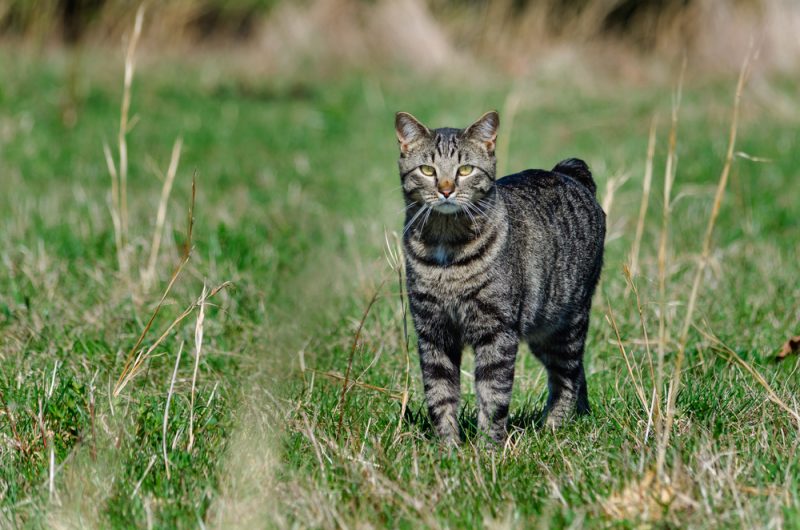
What Is the Lifespan of a Stray Cat?
While each cat’s individual lifespan is different, overall, stray cats tend to live shorter lives than cats with a home. Some stray cats may only live 2-3 years on their own, while pet cats tend to live 13-15 years. This is not only because of a potential lack of regular food and water but also because there are many hazards on the streets for stray cats.
Some of those hazards include predators, illness, traffic, and other stray cats vying for resources and territory..
Should You Feed Stray Cats?
There are different schools of thought when it comes to whether you should feed stray cats, and there is no simple answer. On the one hand, it can encourage more stray cats, which can lead to problems including further mating, overpopulation, impact on wildlife, and the spread of disease (and it can also be illegal in some states and jurisdictions). Through feeding stray cats, they may come to depend on you for food, which means they can find it even more difficult to survive if you are taken away as a regular food source for any reason.
But, on the other hand, it can feel kind helping individual cats have access to food.
Feeding or trying to tame feral cats is typically not recommended, though it may be possible with significant experience, patience, time, and consistent effort in certain circumstances, and depending on local and state laws. Unlike stray cats, which may have some familiarity with humans, feral cats are generally most comfortable in the natural environment they’ve known since birth. The stress of human interaction can have a negative impact on a feral cat’s well-being, or may lead to significant injuries or health complications for humans that attempt it.
If you have any questions about whether or not to feed stray or feral cats, speak to your veterinarian, local shelter or animal control for advice, as they may have a program in place which deals with the local stray and feral cat population.
Need veterinary advice but can't get to the clinic? Catster recommends PangoVet, our online veterinary service. Talk to a vet online and get the answers and advice you need for your cat without having to leave your living room — all at an affordable price!


Conclusion
Community cats is an umbrella term that encompasses stray and feral cats. The population of these cats is believed to be in the tens of millions in the U.S. alone, and that number continues to grow. Stray cats are more likely to hang around residential areas where there is a known food source, while true feral cats will prefer to be away from people.
Like domestic cats, stray cats are crepuscular, so they are most active during dawn and dusk hours, sleeping for large parts of the middle of the day and night.
Featured Image Credit: IMG Stock Studio, Shutterstock
